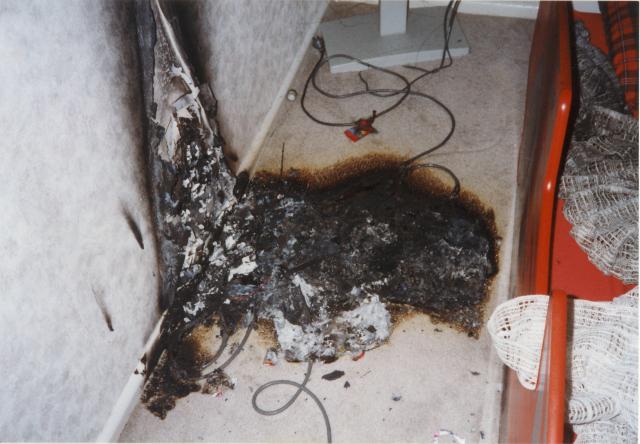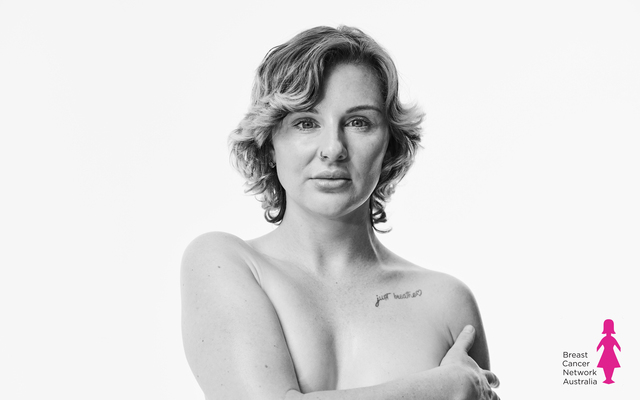AIR pollution problems continue to beset the Brooklyn area, according to submissions to a national air quality inquiry.
Submissions to the Federal Parliament’s ‘impacts on health of air quality in Australia’ inquiry highlight the health effects suffered by residents living near the dust and odour-plagued Brooklyn industrial precinct.
More than 60 industries operate in Brooklyn. Their sites include quarrying, former landfill, abattoirs, material recycling, tallow producers and container storage.
A submission by community group On The Nose highlighted both the physical and mental health effects of poor air quality. “Issues such as lack of pride in oneself and the area in which they live can contribute to depression, anxiety, low self-esteem, gambling, substance abuse and crime,” part of its submission read.
As reported by the Weekly , Brimbank Council administrators endorsed a submission on March 5 calling for immediate action on the main source of pollution in what has been dubbed the ‘Brooklyn triangle’. It includes an area bounded by Kororoit Creek and Somerville and Geelong roads.
The council’s submission said residents surrounding “Victoria’s worst pollution black spot” were at risk of respiratory infections, allergic reaction, asthma attacks, chronic respiratory diseases and heart conditions.
Brimbank administrator Jane Nathan said there were unacceptable levels of dust in Brooklyn and immediate improvements were needed. “We have Environment Protection Authority information that in Brooklyn residents are facing up to 40 days a year that exceed the healthy level of dust in the air,” she said.
Dust levels in Brooklyn’s industrial area peaked again this summer, blowing up to eight times the World Health Organisation’s safe maximums.
Brimbank’s submission called for a more detailed investigation of the contribution of urban air pollution, support for environmental management, regulatory oversight by agencies such as the EPA, and a new environmental management protocol to be established.
Hobsons Bay Council’s submission to the inquiry traced continuing air-quality issues to operations associated with the Altona Chemical Complex, petroleum refinery and a concrete recycling operations in a disused quarry. The Brooklyn triangle was reported as the state’s worst dust pollution black spot — five times worse than the next-worst site.
“The council is concerned that despite the best efforts of all concerned, dust and odour issues continue to adversely impact on residents of Hobsons Bay, particularly those living in Brooklyn, Altona North, Laverton, South Kingsville and Newport.”
The EPA’s submission stated the environmental health and liveability for residents living near the Brooklyn industrial precinct remained a concern.
Only some industries in Brooklyn are licensed by EPA, but all must comply with the Environment Protection Act.
“The analysis shows that dust management of local industries and roads improved between July 2010 and June 2011, helping to reduce average PM10 levels by approximately 20 per cent.”
Brooklyn’s worsening air quality in the past year is linked to an increase in the number of dry days with northerly winds.
— with Melissa Cunningham






